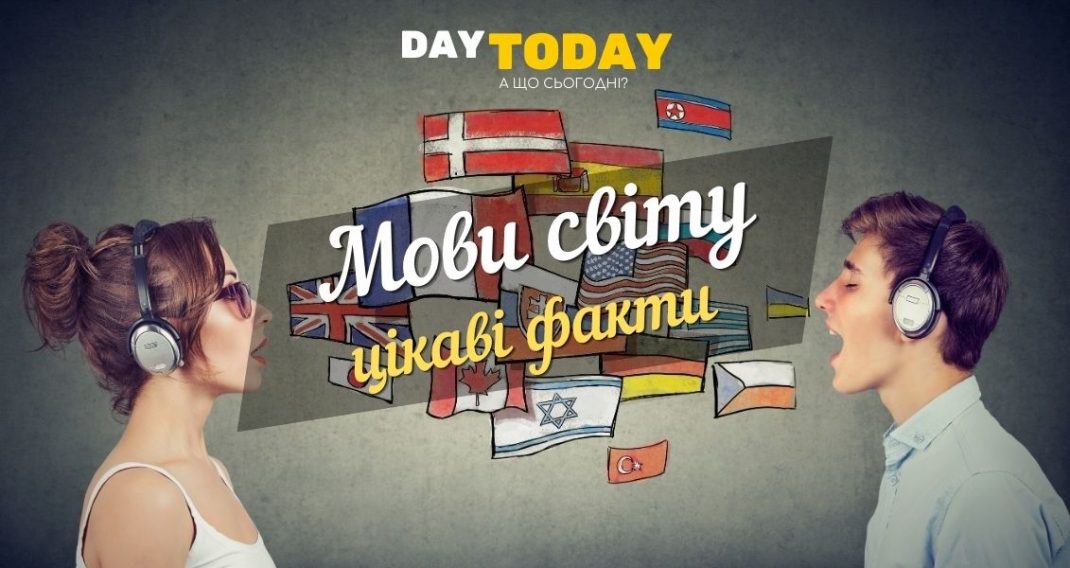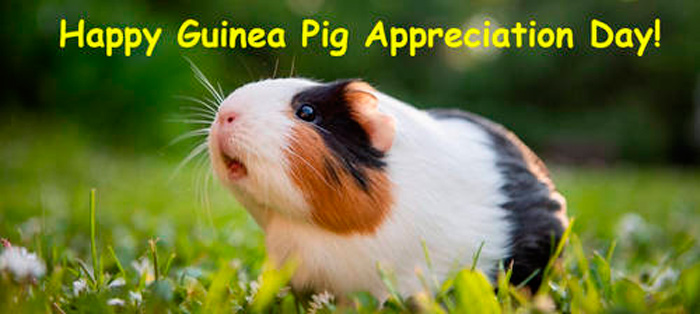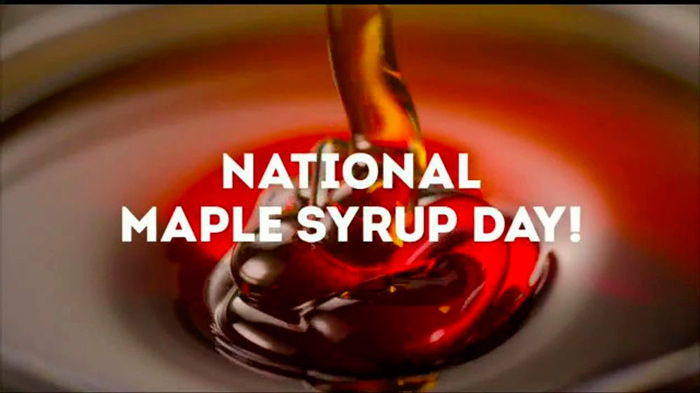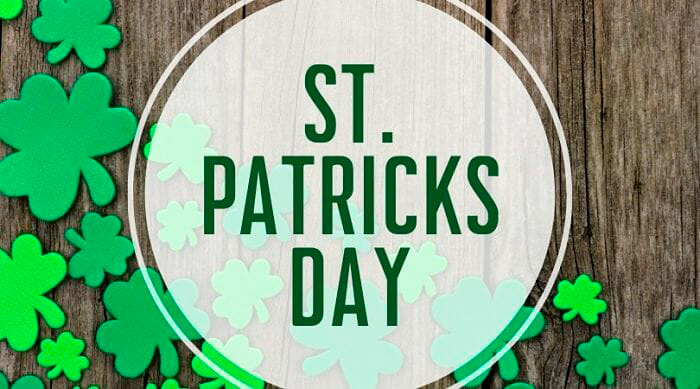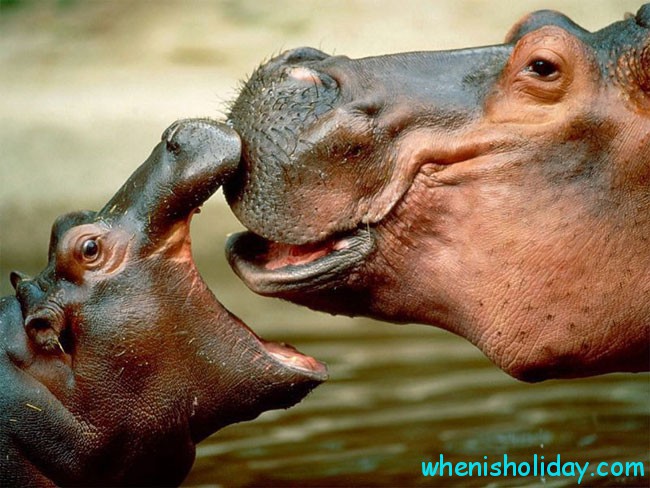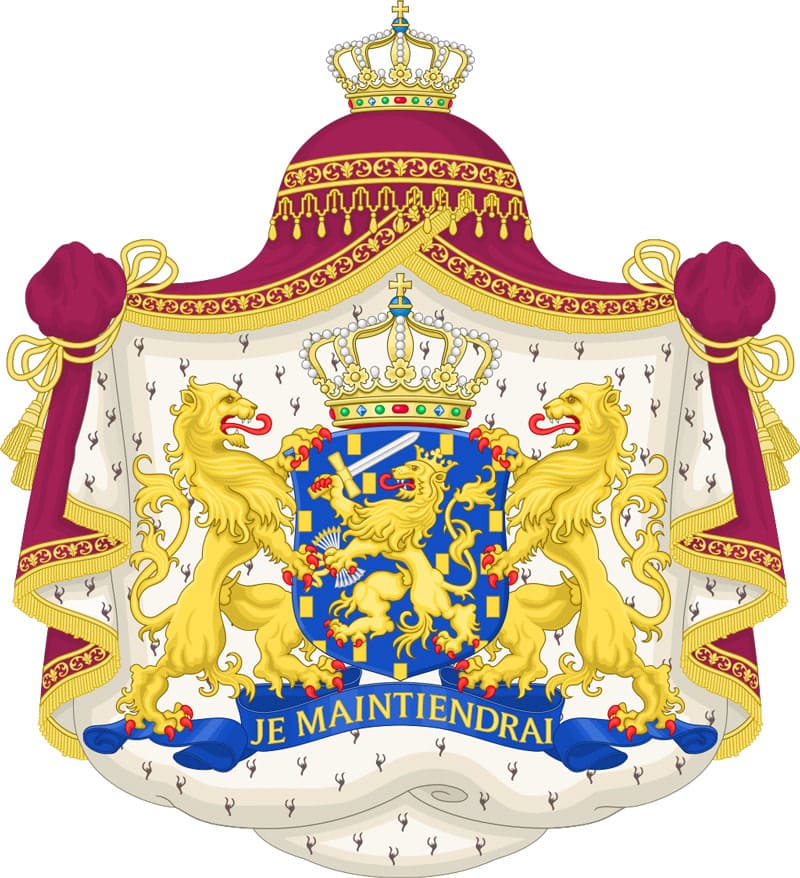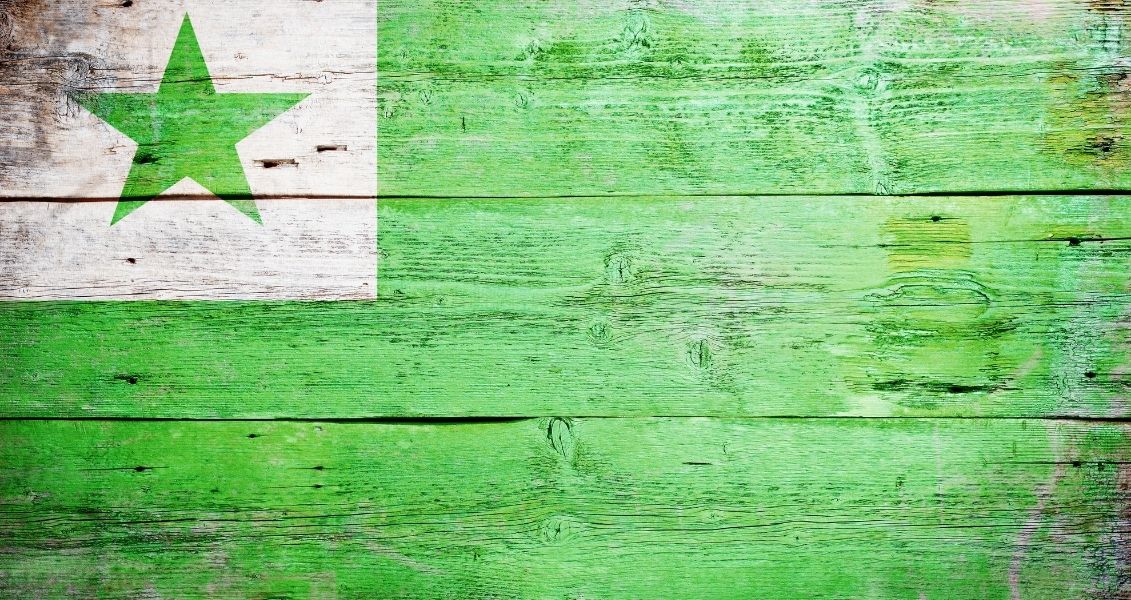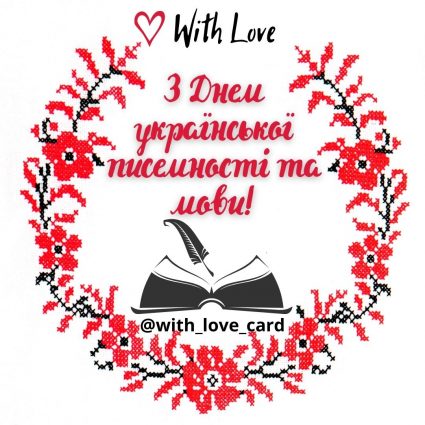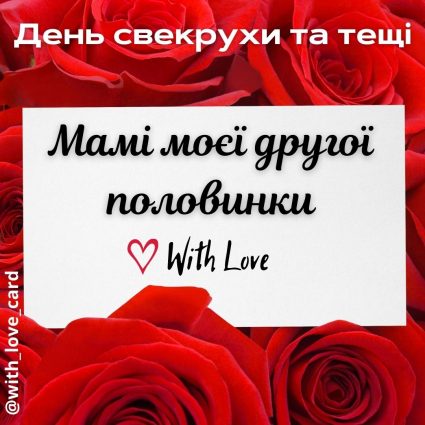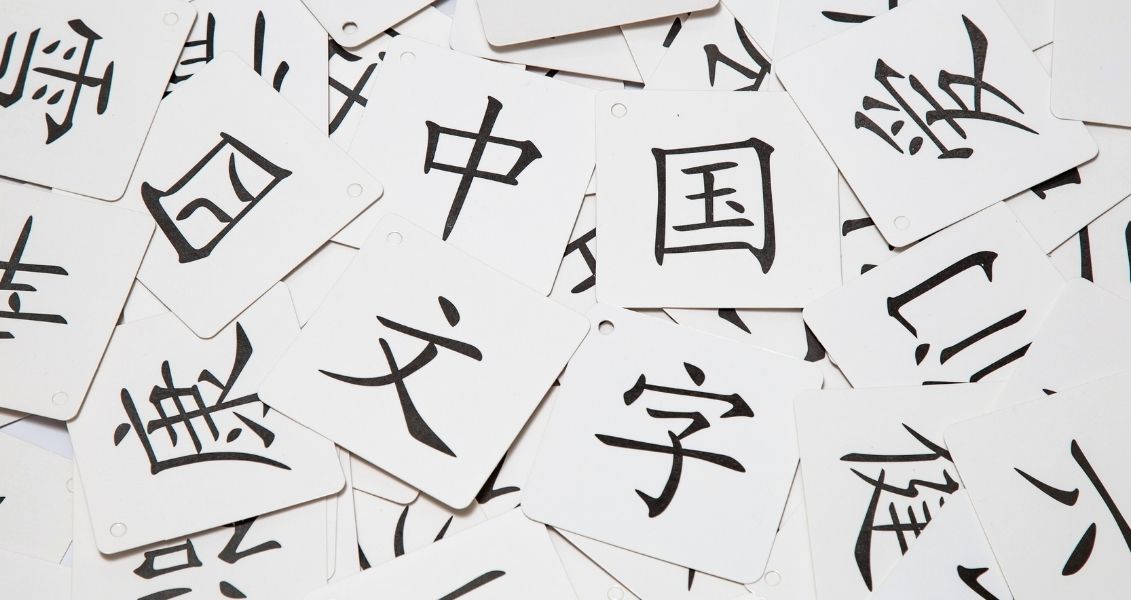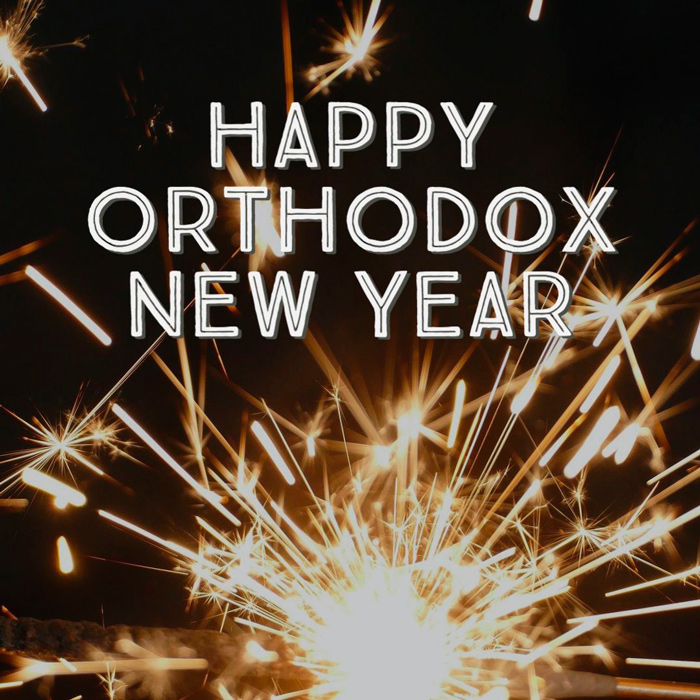The native language is special for every person, because it is the first time they heard words from their mother or father. At the same time, any language has its own characteristics that can interest speakers of other languages. To International Mother Language Day a selection of interesting facts about different languages of the world:
1. The French consider the language of their neighbors, the Basques, to be very difficult, and at the same time add a saying that when the devil began to learn it, he learned two words in seven years, and they were incorrect. Nothing surprising, because the Basque language does not belong to the Indo-European languages. But it is not the most difficult language to learn in the world.
The most difficult languages in the world are considered to be:
- Chinese – due to the peculiarities of hieroglyphic writing
- tabasaran – this language of the Dagestan people has 48 noun cases, and in some dialects – 53
- come on – 70 prefixes are used in the language of the Indian people living in the USA and Canada
- Chippewa – native inhabitants of North America (the state of Michigan and North Dakota) communicate in a language with 6000 verb forms
- Eskimo – 63 forms of the present tense are used, and simple nouns have 252 inflections (word changes)
2. The eruption of the Icelandic volcano Eyjafjörður in 2010 became a real test for TV and radio announcers because of its unusual name (except for Icelanders, of course).
But in other languages there are much longer and more difficult to pronounce words:
- the chemical name of the titin protein is so long that we will not even try to quote it – in Ukrainian it consists of 186301 letters;
- according to the Guinness Book of Records, the longest word in the world is used in Sanskrit: संग्यान्धकारित-दिगंतर-कन्दलदमन्द-सुधारस-बिंदु-सान्द्रतर-गनाघन-ब्रिंद-संदेहकर-स्यंदमान-माक्रन्द-कल्प-मृद्धान. -सिकता-जाल-जतिल-मुल-तल-मरुवक-मिलदलगु-लगु-लाय-कलित-रमनीय-पानिया-शालिका-बालिका-करार-विंद-गलन्तिका-गलदेला-लवण-पातल-गनसार-कस्तुरिकातिसाँ-मुद्वर -शीतलतर-सलिलधारा-निराकरिष्णनु-तदीय-विमल-विलोचन-मुख-रेख्पसारित-पिपासायस-प्थिक-लोकान
It describes a region in the land of the Tamils.
- Miinibaashkiminasiganibiitoosijiganibadagwiingweshiganibakwezhigan (Ojibwe) – Blueberry Pie
- Lentokonesuihkuturbiinimoottoriapumekaanikkoaliupseerioppilas (Finnish language) – Jet Turbine Assistant Junior Officer Mechanic Apprentice
- Llanfairpwllgwyngyllgogerychwyrndrobwllllantysiliogogogoch (Welsh) is the name of a village in Wales.
3. The complexity of the language also found practical application. Thus, during the Second World War, the Navajo Indians found their purpose as radio operators and ciphers in the US Army. This language contains sounds that have no analogues in other languages, and it is practically impossible for a person not from the tribe to learn it.
4. The reverse side of the coin – when native speakers take the path of least resistance and borrow words to denote hitherto unknown objects, instead of creating their own. A special type of such borrowing occurs when the names of companies or brands become household names.
For example, copiers in Ukraine are called photocopiers (Xerox is the name of an American company), and in Mongolia – canonsas Canon became the first company to introduce a similar product to the Mongolian market.
In Israel, all mobile phones are called pelephone. The Pelefon company is a pioneer in the provision of mobile communication services in this country.
In some African countries, any coffee drink is called “nescafe“.
But many words familiar in the Ukrainian language first appeared in use as trademarks:
- aqualung – trademark of a breathing apparatus for scuba diving invented by Jacques-Yves Cousteau and Emile Ganyan
- jacuzzi – the name of the American company founded by the Jakutsi brothers
- dictaphone – the name of sound recording devices from the Columbia Graphophone company
- sneakers – a trademark that appeared in 1916
- tape recorder – the name of the first recording device of the German company AEG
- a diaper – this name is used for all diapers, not just Procter & Gamble products
- thermos is a trademark of the German company Thermos GmbH, which was the first to start industrial production of vacuum containers.
5. Latin is the language of science and the official language of the Vatican, but it is an extinct language because it is not used in everyday communication. It is believed that by the end of the 21st century more than half of the 6,800 currently existing languages will disappear. Each of the endangered languages is spoken by less than 2,500 people.
Example,
- in the language of the Siberian people will eat 100 people communicate;
- aricapu (language of an Indian tribe in the Amazon basin) – six people;
- language what the heck which was common among Alaskans, only one person in the world knows – the French linguist and polyglot Guillaume Ledeuil, but it is officially considered extinct, since the last native speaker died in 2008.
In the same way, Hebrew was considered the only book language back in the 18th century. But thanks to the efforts of enthusiasts, it was revived and became the only official language of Israel.
Cenedl heb iaith, cenedl heb gallon – the Welsh believe: A nation without a language is a nation without a heart. And it really is.
6. The Icelandic language has changed at least in the past millennium, so if a modern Icelander were to somehow miraculously get to the past, he would easily get along with the Norwegian Vikings who first landed on the shores of the “ice” island.
It is interesting that Icelanders have almost no surnames in our understanding, which are passed down from parents to children. Instead, a special patronymic form is used: the father’s name and the words “son” (son) or “daughter” (dottir). So, if the Icelander Runar has a son and a daughter, their “surnames” will be Runarsson (for a boy) and Runarsdottir (for a girl).
7. Papuan languages are spoken by more than 4.6 million people, and the number of these languages ranges from 750 to 1000. This is the largest concentration of languages in a certain area.
8. The alphabet of the Khmer language (Cambodia) contains the most letters – 72, and the smallest alphabet of the Papuan language Rotokas, which is spoken on the island of Bougainville – 12 letters.
9. Ubykh (an extinct language from the Abkhazian-Adyghe language group) had only 2 vowel sounds, but the number of consonants is impressive – 84.
10. There is no language in which there is no sound “and“. The most unique sounds are “Rzhshch” in Czech (children master the pronunciation of this sound last), clicking sound in some Bushman languages and the sound “l” in the word “Allah,” which in some contexts is pronounced in a way that is only possible in Arabic.
11. But in Japanese, the sound “l” uncharacteristic at all. And not only him – the Japanese do not distinguish some sounds familiar to us: в, ж, л, ф, х, ц, ш, ш, е, и.
12. The inhabitants of the Canary Islands know how to speak by whistling. They were taught this special language (Silbo Gomero) by the Guanche aborigines. The need for such a language arose due to the landscape of the area – in the gorges it is impossible to talk due to echoes, and the whistle helped to convey the necessary information to the interlocutor. It is even studied at school.
13. The Bible has been translated into the largest number of languages - the holy book of Christians can be read in whole or in part in 3,384 modern languages.
14. The longest one-word sentence is “Buffalo buffalo Buffalo buffalo Buffalo buffalo Buffalo buffalo“. Translation – “Buffalo bison, which are scared by (other) Buffalo bison, scare Buffalo bison.”
15. The Ukrainian language has 82 specific features (40 phonetic and 42 grammatical). Of them, 34 are exclusively Ukrainian, 4 are unique to the Ukrainian and Belarusian languages, and none are unique to Ukrainian and Russian.
The languages most similar to Ukrainian are: Upper Lusatia and Belarusian – 29 common analogies, Czech and Slovak – 23, Polish – 22 analogies. The least similar: Slovenian – 18 common analogies and Russian – 11 common features.
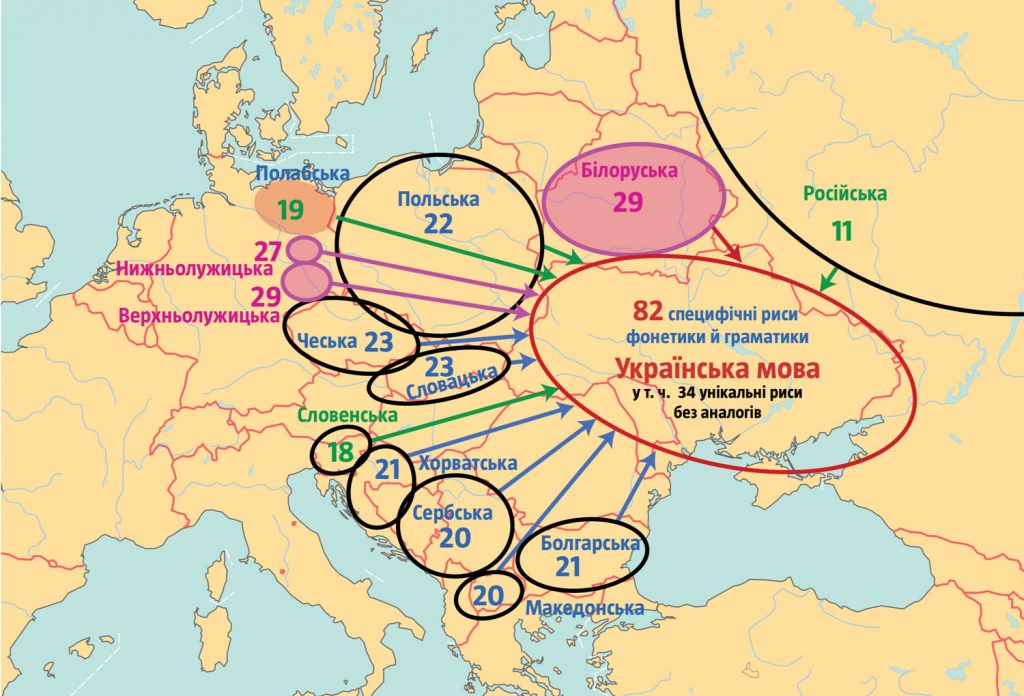
More interesting facts on our “Planet of Facts” in Telegram. Join in!
- About the author
- Other articles
- “Coca-Cola” is a success story, interesting facts – May 19, 2022
- Mr. Feynman is an outstanding physicist and a great joker – May 11, 2022
- Red poppies as a symbol of memory – May 8, 2022
